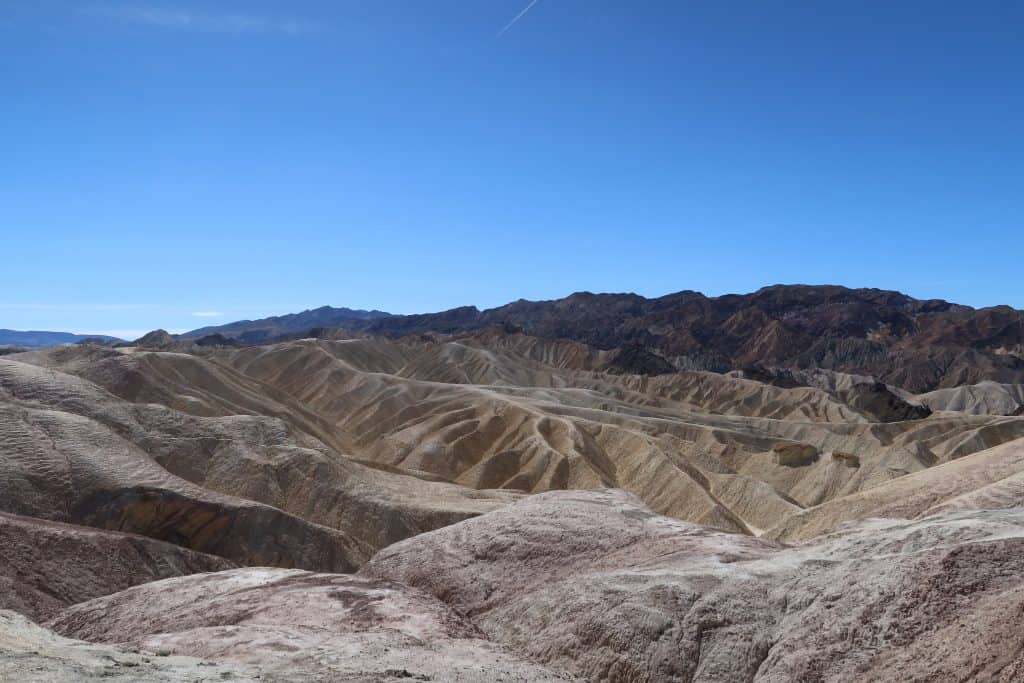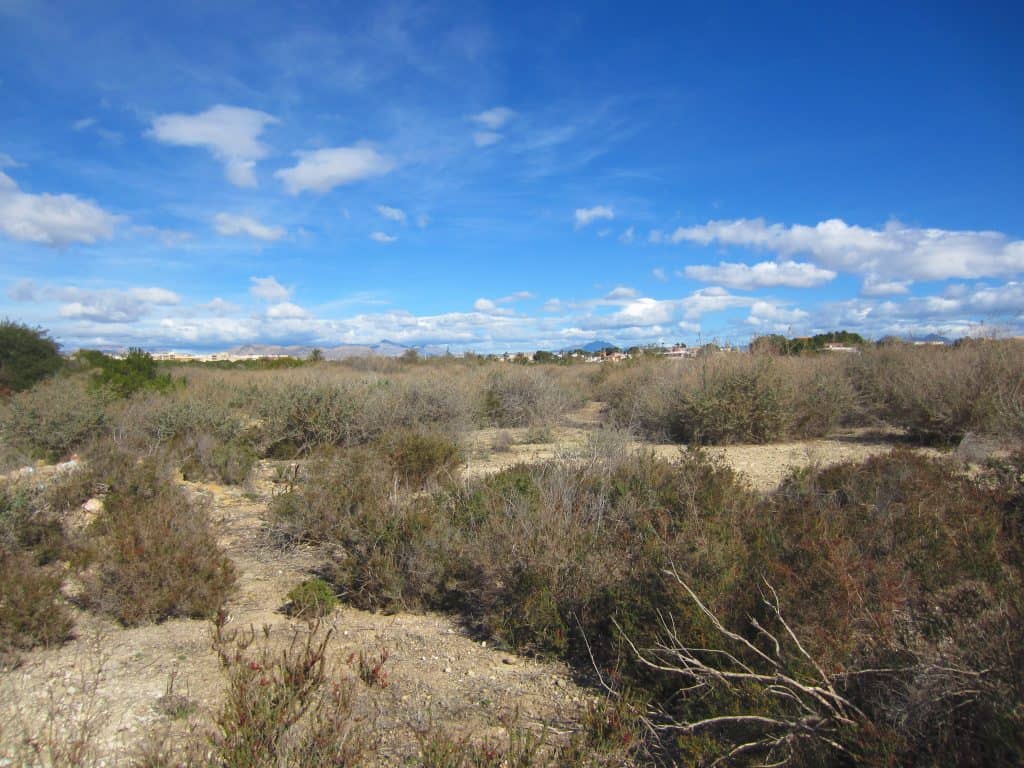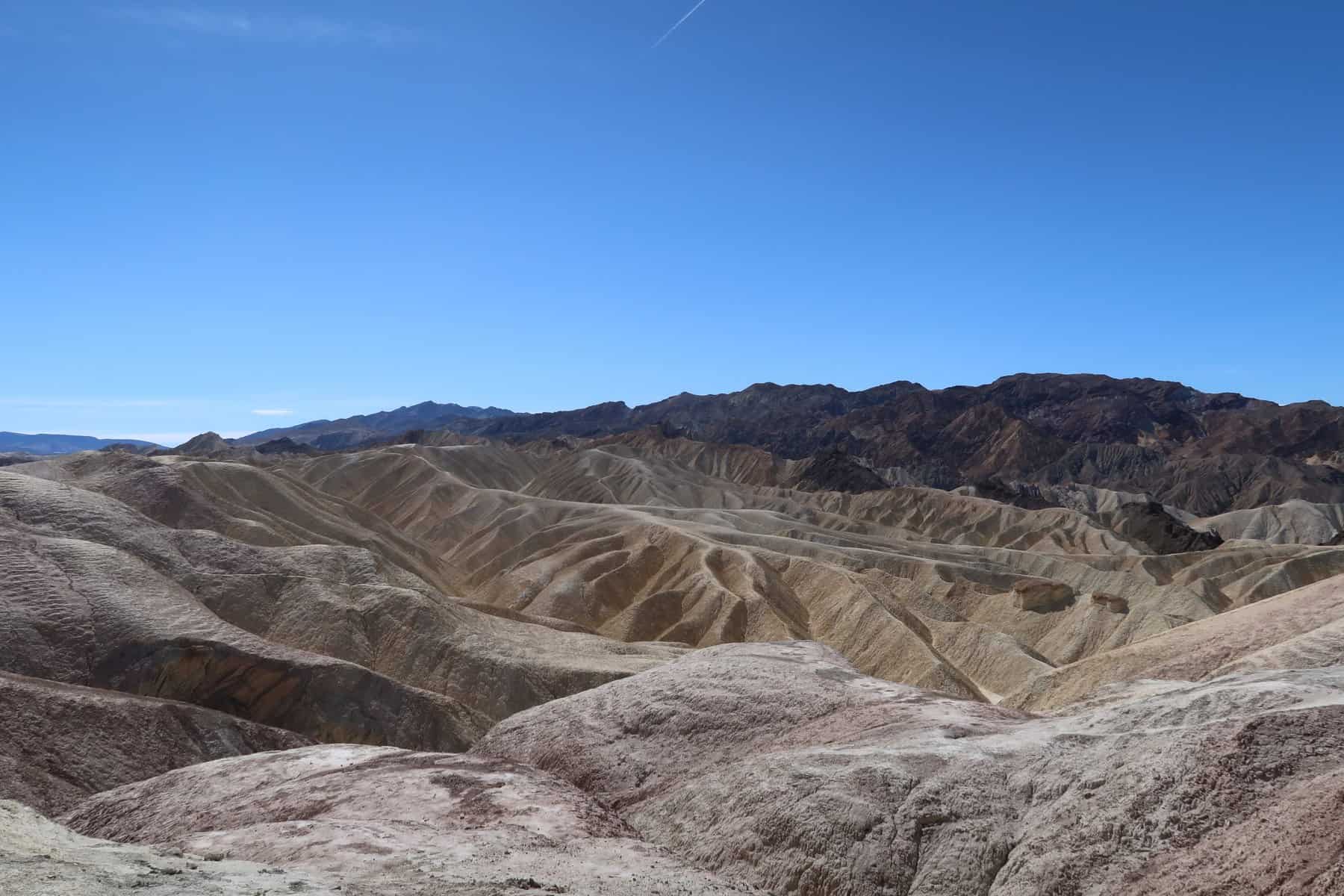Invasive species are one of the biggest threats to the ecosystems of national parks including Death Valley National Park. These non-native species can have a devastating impact on the park’s native plants and wildlife. They often disrupt natural processes and alter the entire landscape.
We’ll explore the invasive species found in Death Valley National Park and the efforts the National Park Service is making to manage them.

What are Invasive Species?
Invasive species are non-native plants, animals, or microbes that are introduced into a new environment and cause harm to the native ecosystem. They can be introduced intentionally or accidentally. They often outcompete native species for resources and disrupt the balance of the ecosystem.
Invasive Species in Death Valley National Park
Death Valley National Park is home to a number of invasive species that threaten the park’s ecosystem. Here are some of the most notable invasive species found in the park:
- Tamarisk: Tamarisk, also known as “saltcedar,” is a shrub that was introduced to the western United States in the 1800s. It can grow up to 30 feet tall and has deep roots that can deplete groundwater resources. Tamarisk also produces a large amount of salt which can harm native plants. This shrub is a threat to many of our western national parks.
- Red Brome: Red brome is an annual grass that was introduced to California in the 1800s. It can quickly spread and outcompete native plants for resources. This can lead to soil erosion and habitat destruction.
- Sahara Mustard: Sahara mustard is an annual plant that was introduced to the United States in the early 1900s. It can grow up to four feet tall and outcompete native plants for resources. Sahara mustard also has a deep taproot that can deplete groundwater resources.
- Russian Thistle: Russian thistle, also known as tumbleweed, is a plant that was introduced to the United States in the late 1800s. It can spread quickly and outcompete native plants for resources. Russian thistle also has a high salt content which can harm native plants.

Impact of Invasive Species on Death Valley National Park
Invasive species can have a significant impact on the ecosystem of Death Valley National Park. They can disrupt natural processes, alter the landscape, and harm native plants and wildlife. Here are some of the impacts of invasive species on the park:
- Habitat destruction: Invasive species can outcompete native plants for resources and alter the landscape. This leads to habitat destruction and reduced biodiversity.
- Soil erosion: Invasive species can also cause soil erosion. This leads to the loss of topsoil and nutrients.
- Water depletion: Some invasive species, such as tamarisk and Sahara mustard, have deep roots that can deplete groundwater resources.
- Fire risk: Invasive species, such as red brome, can increase the risk of wildfire.
A Fragile Ecosystem
While invasive species are, unfortunately, not rare, Death Valley National Park is particularly susceptible to the consequences of their presence. It is the hottest and driest place in North America, thus the ecosystem has adapted to survive under harsh conditions.
Even small changes in temperature, rainfall, or other climate factors can have a significant impact on the park’s plant and animal species. Death Valley’s unique and extreme climate has required its plants and wildlife to make rare adaptations. These species have evolved to survive in a unique set of environmental conditions and are often very sensitive to changes in their habitat.
This vast and remote park also includes many areas that are difficult to access. The management of these areas is difficult, and resources are slim.
Death Valley National Park’s unique ecosystem is fragile making it especially vulnerable to environmental changes.
Efforts to Manage Invasive Species in Death Valley National Park
The National Park Service is working to manage invasive species in Death Valley National Park in a variety of ways such as:
Monitoring: The National Park Service monitors invasive species in the park to track their spread and assess their impact on native plants and wildlife. This helps the park determine where to focus its management efforts.
Manual removal: The park uses manual removal methods, such as digging up or cutting down invasive plants. This is effective for small infestations but can be time-consuming and labor-intensive.
Biological control: The park also uses biological control methods such as introducing natural predators or diseases that target invasive species. This can be effective but risky.
Herbicides: In some cases, the park uses herbicides to manage invasive species. Like biological control methods, herbicides pose their own risks to the native plants and wildlife.
Public education: The park also educates the public about the impact of invasive species and how to prevent their spread. Rangers teach about the importance of not bringing non-native plants or animals into the park. They also teach visitors how to properly clean gear and equipment before entering the park.
Partners in Prevention & Education
There are several organizations that partner with Death Valley National Park to educate the public about invasive species. Some of these organizations include:
- Friends of the Inyo: This nonprofit organization educates visitors about the importance of protecting the park’s natural resources including by preventing the spread of invasive species.
- Desert Research Institute: This research institute partners with Death Valley National Park to conduct research and develop strategies for management of invasive species.
- California Native Plant Society: This nonprofit organization works with Death Valley National Park to promote the use of native plants in restoration efforts. It also works to educate visitors about the importance of preserving native ecosystems.
- University of California Cooperative Extension: This organization partners with Death Valley National Park to provide invasive species training to park staff and volunteers.
By working with these organizations and others, Death Valley National Park is able to effectively educate the public about the impact of invasive species. The partnerships further promote the importance of protecting all of the park’s natural resources.
Invasive species pose a significant threat to the fragile ecosystem of Death Valley National Park. The park is taking a multi-faceted approach to managing invasive species including monitoring, manual removal, biological control, herbicides, and public education.
Visitors can also play a role in protecting the park’s ecosystem by following Leave No Trace principles, properly disposing of waste, and avoiding transport of non-native plants or animals into the park. By working together, we can help protect this unique and beautiful national park for generations to come!

